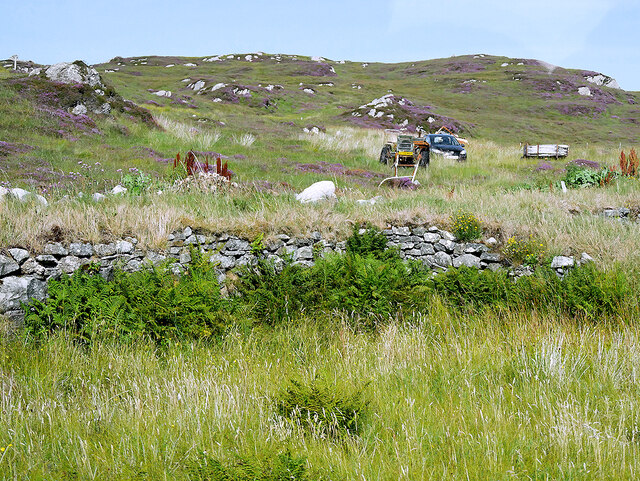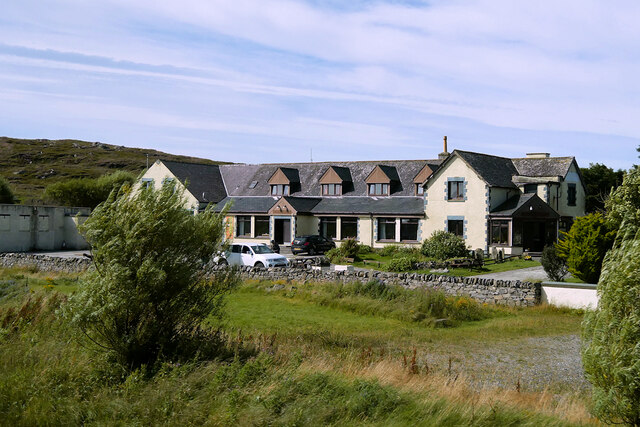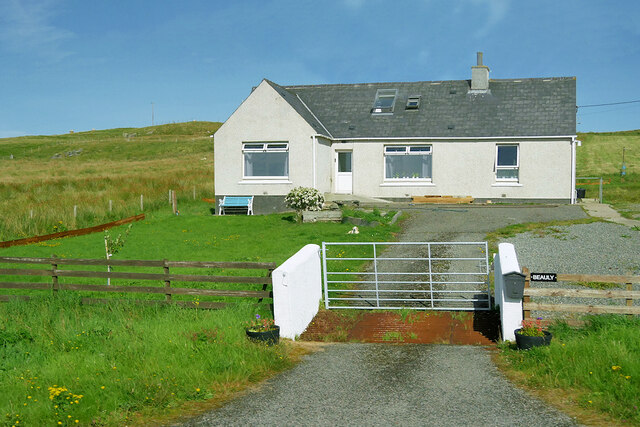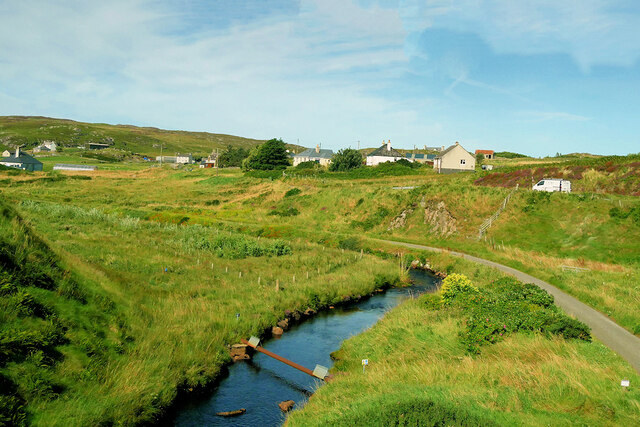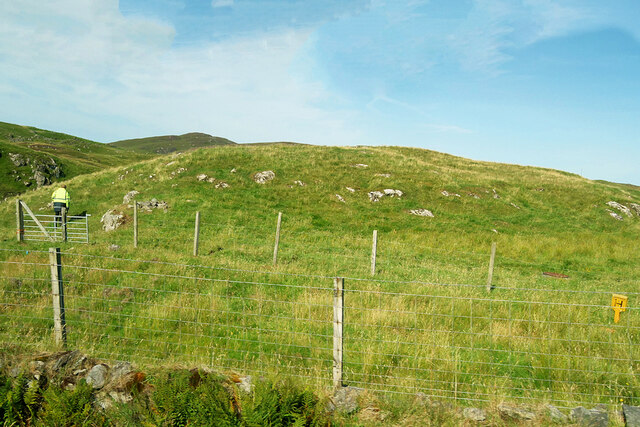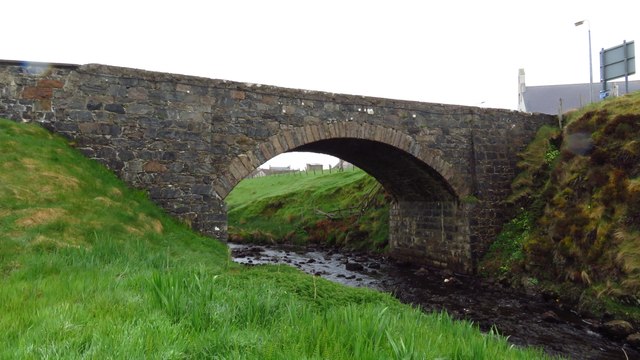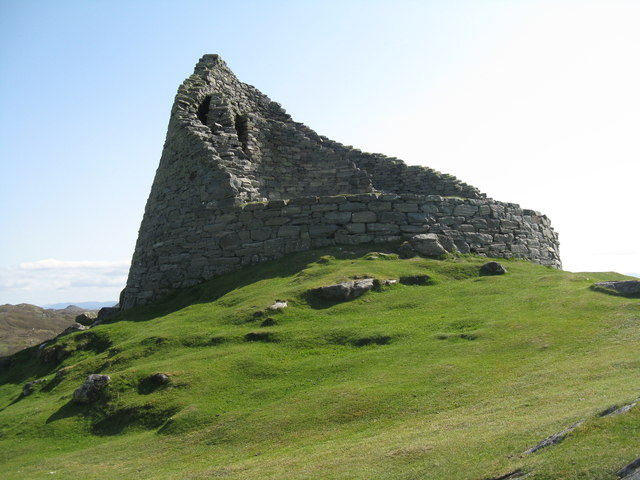Cnoc na Buaile Duinne
Hill, Mountain in Ross-shire
Scotland
Cnoc na Buaile Duinne
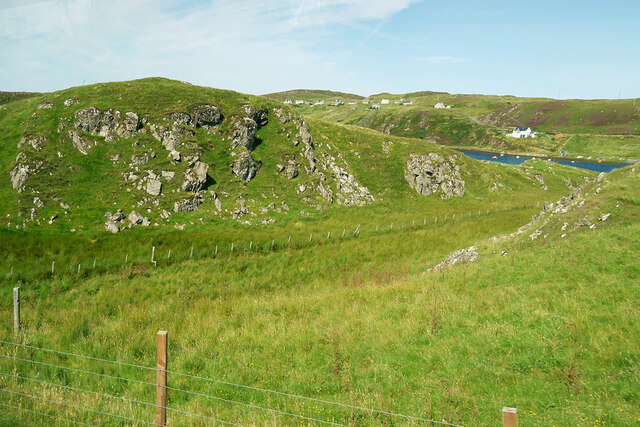
Cnoc na Buaile Duinne is a prominent hill located in Ross-shire, Scotland. Situated in the scenic Highlands region, this hill offers breathtaking views of the surrounding landscapes.
Standing at an elevation of approximately 550 meters (1804 feet), Cnoc na Buaile Duinne is known for its distinctive rocky terrain and heather-covered slopes. The hill is a popular destination for hikers and nature enthusiasts, offering a challenging yet rewarding climb.
The ascent to the summit of Cnoc na Buaile Duinne is moderately difficult, with well-defined paths and trails leading to the top. Along the way, hikers can admire the diverse flora and fauna of the area, including various species of birds, plants, and small mammals.
Once at the summit, visitors are rewarded with panoramic views of the surrounding countryside. On clear days, it is possible to see as far as the nearby lochs, including Loch Glascarnoch and Loch Broom. The hill's location also provides a picturesque view of the distant mountains, adding to its allure.
Cnoc na Buaile Duinne is easily accessible, with a car park located nearby for those arriving by car. The hill is a popular spot for outdoor activities such as hillwalking, birdwatching, and photography. It is recommended to check weather conditions and bring appropriate clothing and footwear when planning a visit.
Overall, Cnoc na Buaile Duinne offers a memorable outdoor experience, combining stunning natural beauty with a sense of adventure for those who choose to explore its slopes.
If you have any feedback on the listing, please let us know in the comments section below.
Cnoc na Buaile Duinne Images
Images are sourced within 2km of 58.277148/-6.7840305 or Grid Reference NB1942. Thanks to Geograph Open Source API. All images are credited.
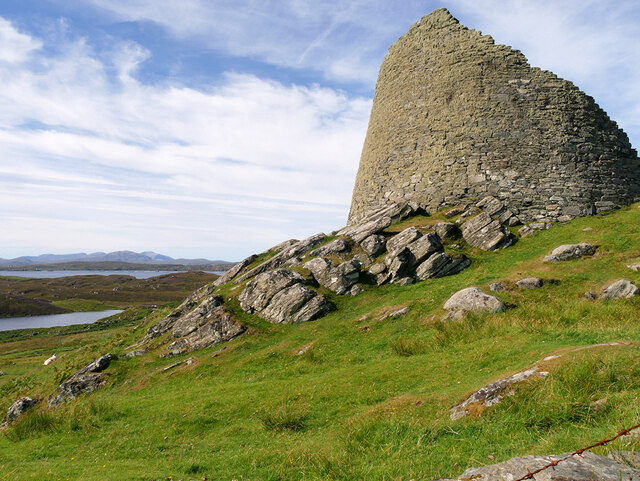
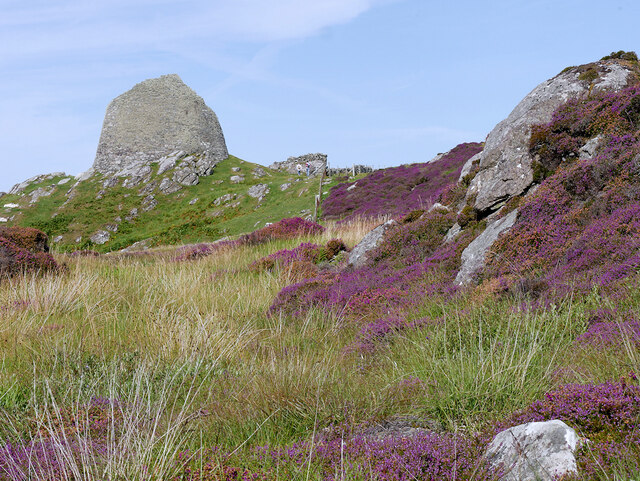
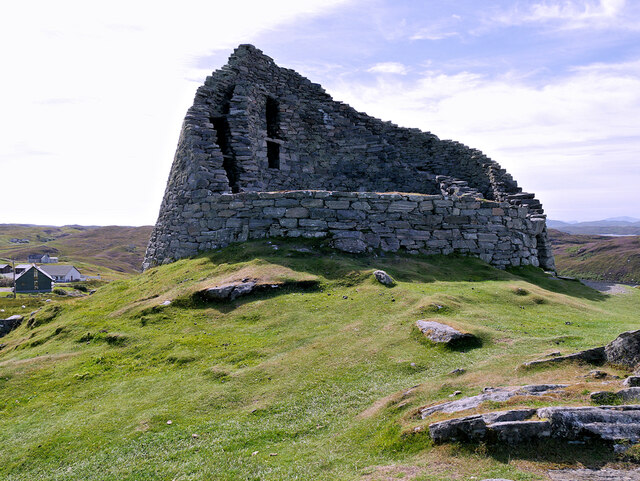
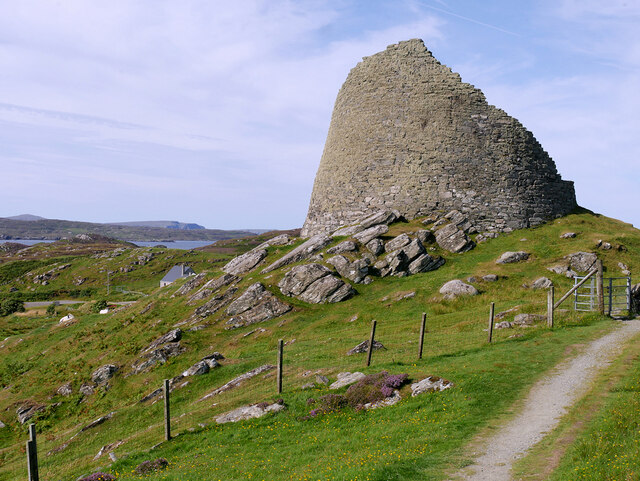
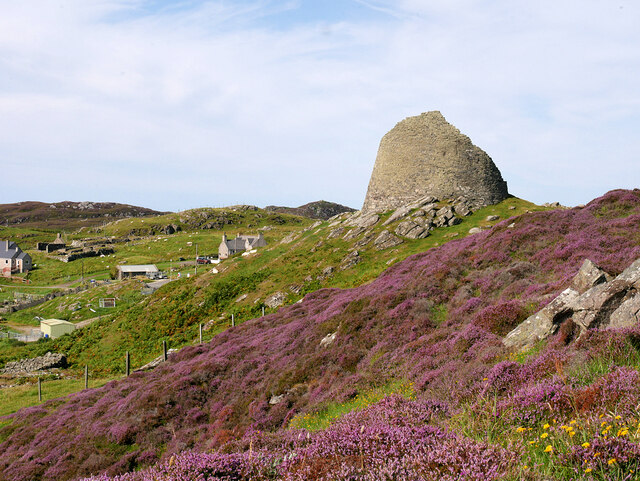
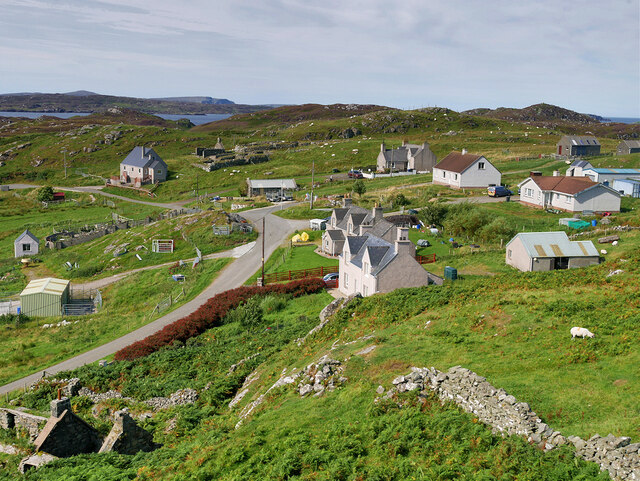
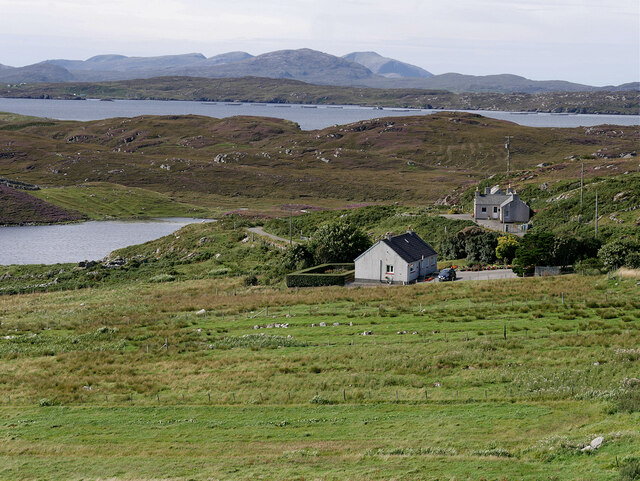
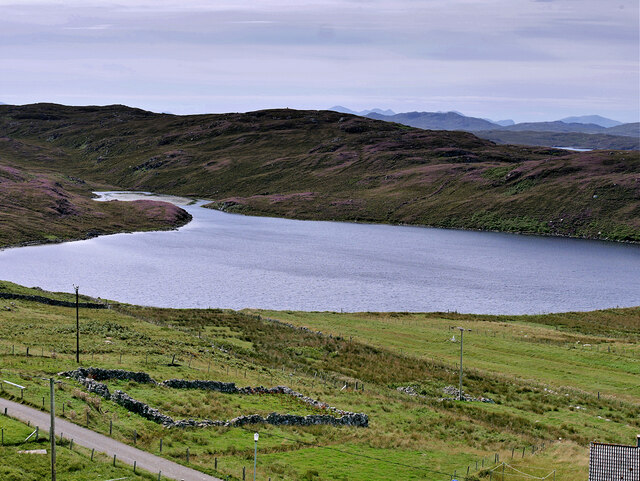
Cnoc na Buaile Duinne is located at Grid Ref: NB1942 (Lat: 58.277148, Lng: -6.7840305)
Unitary Authority: Na h-Eileanan an Iar
Police Authority: Highlands and Islands
What 3 Words
///snake.cleansed.employer. Near Carloway, Na h-Eileanan Siar
Nearby Locations
Related Wikis
Borrowston, Lewis
Borrowston (Scottish Gaelic: Borghastan), with a population of about 50, is a crofting township situated on the Isle of Lewis, on the Outer Hebrides of...
Dun Carloway
Dun Carloway (Scottish Gaelic: Dùn Chàrlabhaigh) is a broch situated in the district of Carloway, on the west coast of the Isle of Lewis, Scotland (grid...
Carloway
Carloway (Scottish Gaelic: Càrlabhagh [ˈkʰaːɾɫ̪ə.ɤː]) is a crofting township and a district on the west coast of the Isle of Lewis, in the Outer Hebrides...
Garenin
Garenin (Scottish Gaelic: Na Gearrannan) is a crofting township on the west coast of the Isle of Lewis in the Outer Hebrides of Scotland. Garenin is in...
Tolsta Chaolais
Tolsta Chaolais (also Tolastadh Chaolais, Tolstadh a' Chaolais) is a village on the Isle of Lewis, Scotland. It consists of about forty houses, clustered...
Cealasaigh
Cealasaigh or Kealasay is an islet in outer Loch Ròg, Lewis, Scotland that lies north of Traigh Mhór on Little Bernera and south of Campaigh. To the west...
Little Bernera
Little Bernera (Scottish Gaelic: Beàrnaraigh Beag) is a small island situated off the west coast of the Isle of Lewis in the Outer Hebrides.Little Bernera...
Campaigh
Campaigh or Campay is a steep and rocky islet in outer Loch Ròg, Lewis, Scotland that lies north of Cealasaigh and Little Bernera. A huge natural arch...
Nearby Amenities
Located within 500m of 58.277148,-6.7840305Have you been to Cnoc na Buaile Duinne?
Leave your review of Cnoc na Buaile Duinne below (or comments, questions and feedback).
